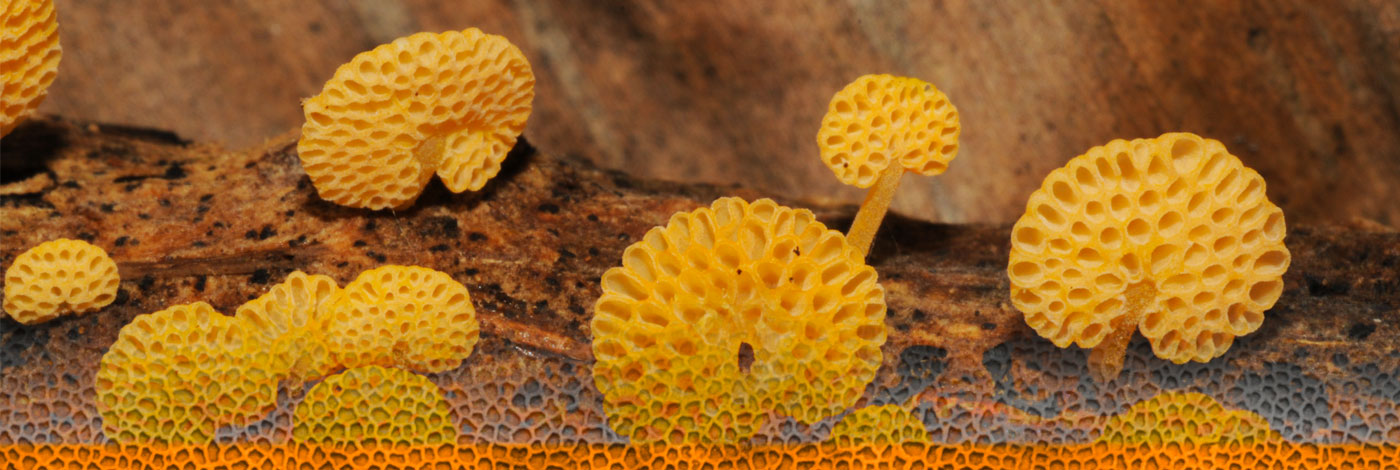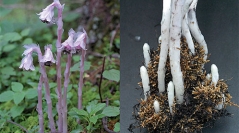

 Cryptogamie, Mycologie
36 (4) - Pages 479-512
Cryptogamie, Mycologie
36 (4) - Pages 479-512The aim of this study was to explore the systematic position of the fungi associated with the roots of M. uniflora in two localities of Tlaxcala, Mexico, using a phylogenetic approach. Thirty plants were sampled, fifteen from a coniferous forest dominated by Abies religiosa in La Malinche National Park, and fifteen from a mixed conifer-broadleaf forest dominated by Pseudotsuga menziesii in Sierra de Tlaxco. Our ITS analysis confirms the preference of M. uniflora to associate with Russulaceae, in particularly with Russula species. The roots of each plant were associated with a single fungal ITS sequence. They were analyzed phylogenetically by maximum likelihood, and were recovered in 12 moderate to well-supported clades within the genus Russula. In each of these clades only a single Russula species was associated with Monotropa in Mexico, except for clade Integrae for which two Mexican species were retrieved. A total of 13 Russula species were retrieved from the 30 Monotropa plants, four from La Malinche National Park, and 11 from Sierra de Tlaxco. Two species, R. aff. olivobrunnea and one unidentified species in subsection Lactarioideae, were shared among both localities. The Monotropa in the Abies forest of La Malinche National Park were dominated by a single species, R. aff. olivobrunnea, present in 11 of the 15 plants. In the Pseudotsuga forest of Sierra de Tlaxco, Monotropa was associated with a higher diversity of Russula, eleven species in total, seven of which were associated with a single plant, while the four other Russula had each been retrieved from two plants. Higher diversity of ectomycorrhizal host trees in the Sierra de Tlaxco site might possibly explain the higher richness of fungal associates as suggested by host association patterns of the involved species groups. This study brings the total number of Russula species that associate with Monotropa to forty-four. In the distribution area of Monotropoideae, nearly all terminal Russula clades (i.e. subsection level) that are involved in this mycoheterotroph association, equally harbor species that associate with mycoheterotroph orchids, whereas gasteromycetation appears to have exclusively evolved in clades that also harbor species developing mycoheterotroph associations.